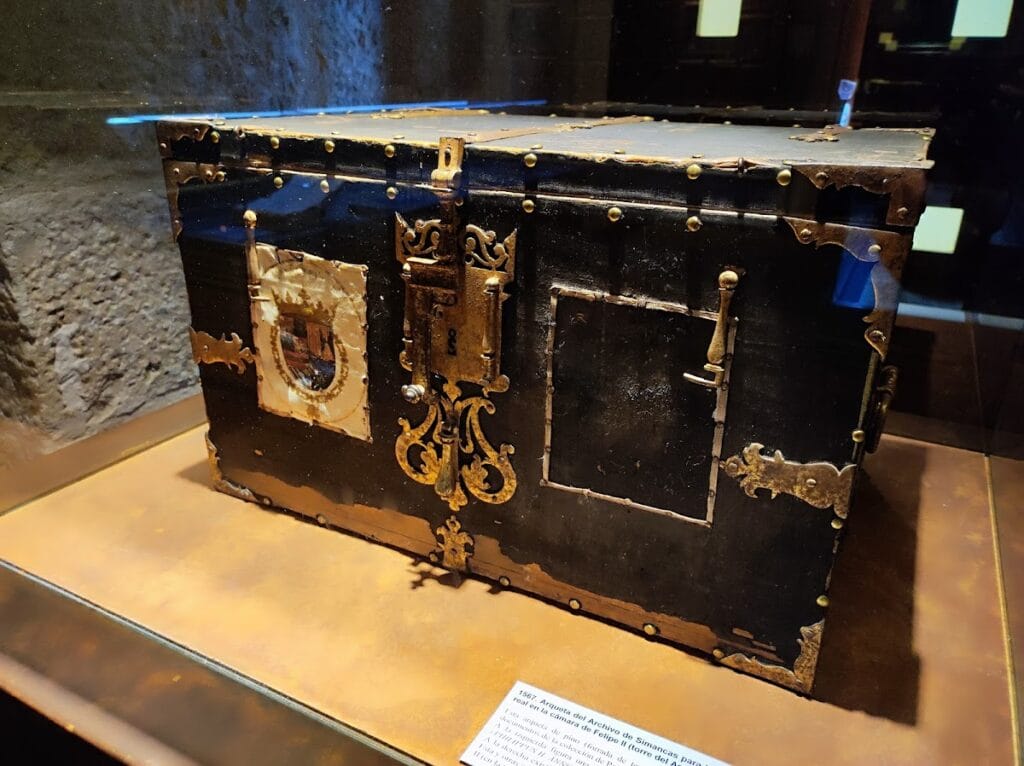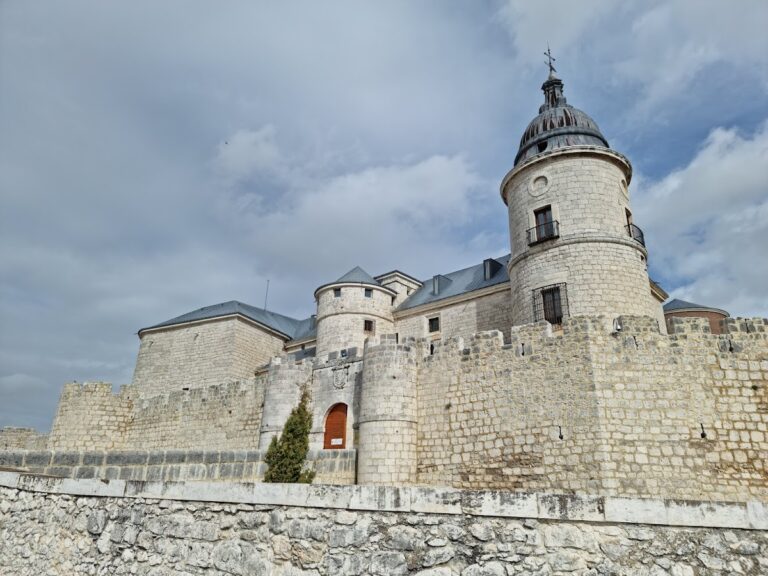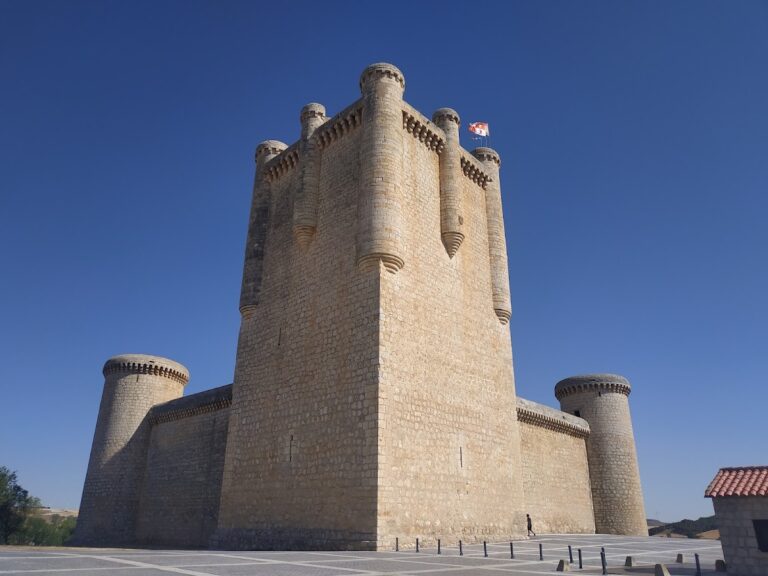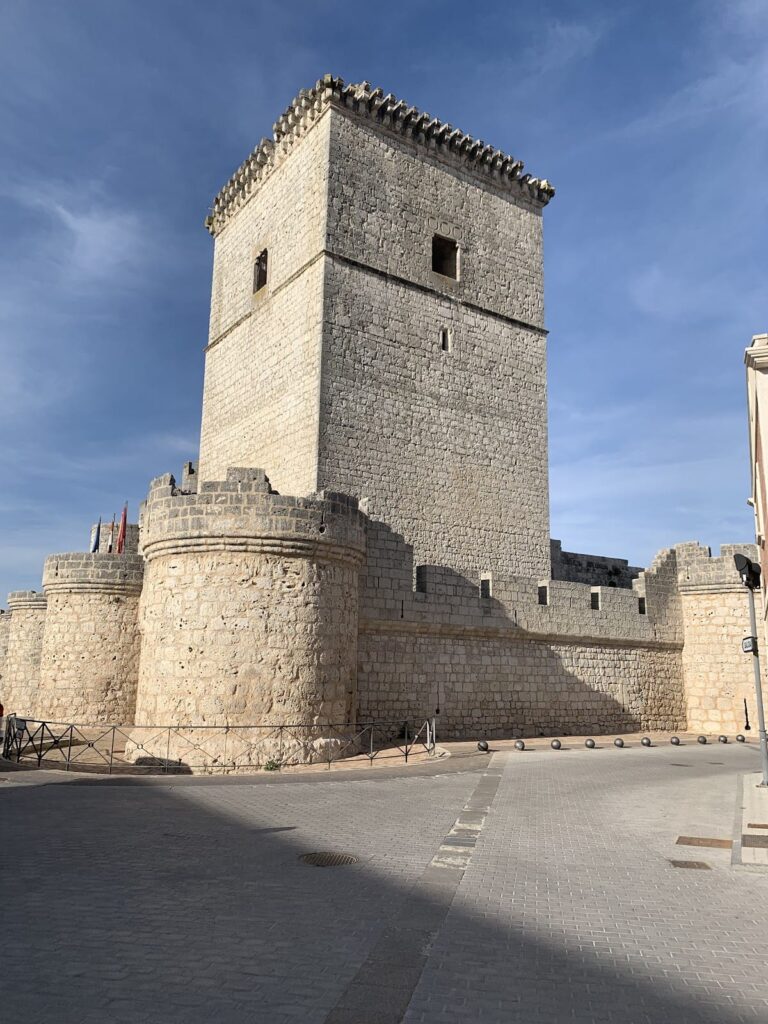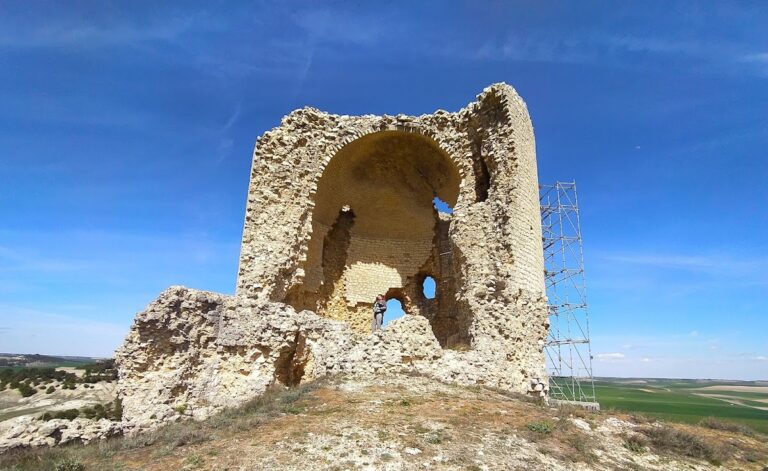Simancas Castle: A Historic Fortress and Archive in Castilla y León, Spain
Visitor Information
Google Rating: 4.4
Popularity: Low
Google Maps: View on Google Maps
Official Website: www.cultura.gob.es
Country: Spain
Civilization: Medieval European
Remains: Military
History
Simancas Castle stands in the town of Simancas, within Valladolid province in the Castilla y León region of Spain. The site originally hosted a fortress built during the Islamic period, reflecting the area’s early medieval history under Muslim rule.
In the 15th century, the Enríquez family, who were admirals of Castile and lords of Simancas, rebuilt the fortress. This reconstruction established the castle’s medieval defensive character and marked its importance as a noble residence and military stronghold.
Soon after, the Catholic Monarchs took control of the castle, incorporating it into the royal domain. They transformed it into a state prison. Among its notable prisoners was Antonio de Acuña, bishop of Zamora and a leader of the Castilian comuneros, who was executed there in 1521 by royal order. Another significant figure, Marshal Pedro de Navarra, captured during the 1516 campaign to reclaim Navarre, was assassinated within the castle walls in 1522.
From 1540 onward, under King Charles I, one of the castle’s towers was adapted to house the General Archive of Simancas. This archive preserved vital documents of the Spanish monarchy, marking the castle’s shift from military to administrative use.
King Philip II expanded the archive’s presence throughout the entire castle. He commissioned architectural changes to better suit the building for document storage and preservation. Over time, the archive grew to hold between 33 and 35 million documents, including around 400,000 files related to the Spanish Inquisition, making it one of Europe’s most significant historical archives.
The castle underwent several renovations during the 16th, 17th, and 18th centuries. These works aimed to maintain the structure’s integrity and adapt it to its evolving role as both a fortress and an archival center.
Remains
Simancas Castle features a late 15th-century medieval defensive layout, including thick surrounding walls, bastions, and crenellated towers known as cubos. A moat encircles the fortress, with two bridges providing access across it. The main entrance remains a prominent feature of the complex.
The castle’s walls and bastions are constructed from light-colored stone, contrasting with the darker materials used for roofing. This combination highlights the fortress’s robust yet visually distinct appearance.
The principal tower, called the Bishop’s Tower, is notable for its high dome topped by a bell-shaped lantern. This architectural element dates to 16th-century renovations led by architects Juan de Herrera and Francisco de Mora.
Within the castle stands a chapel originally built in the 15th century by the Enríquez family. It was reformed in the 1950s and features a painted star-shaped vault adorned with the coats of arms of Don Alonso Enríquez and Doña María de Velasco, the castle’s founders.
The fortress preserves a torture chamber, reflecting its past use as a prison. Additionally, a specially designed fireproof room safeguards most of the archival documents, ensuring their protection from damage.
Interior modifications from the 16th century include the removal of some walls and vaults, the leveling of the courtyard over a preexisting well, and the construction of the main staircase and entrance portico. These changes improved access and functionality within the castle.
The archive section contains four large, noble halls designed to protect important documents. Among these is the ground-floor space in the archive tower known as the “Philip II cubo.” Two eastern rooms are dedicated specifically to royal documents, emphasizing the archive’s administrative importance.
Ongoing conservation efforts have preserved the castle’s dual identity as a historic fortress and a major repository of Spanish historical records.




